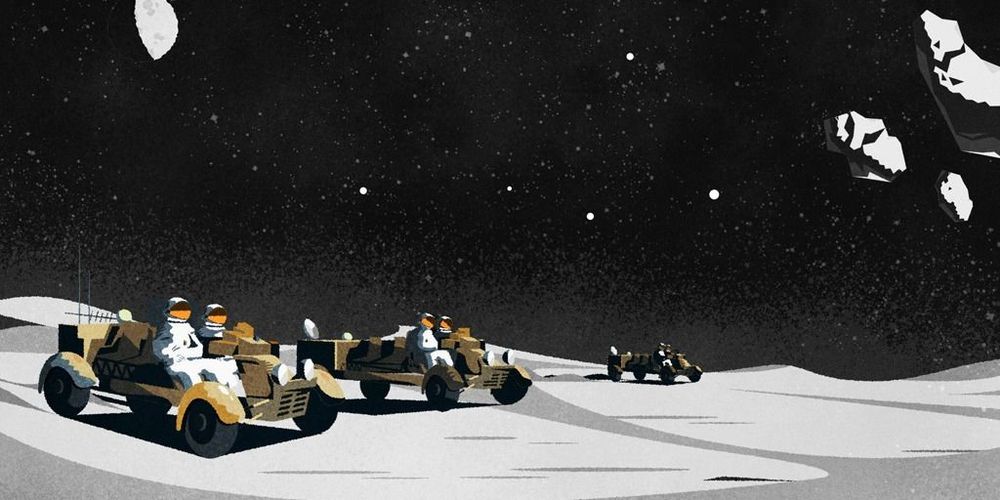Heartburn drug Zantac has been found to be contaminated with low levels of a cancer-linked chemical. This is the same contaminant that lead to multiple recalls of blood pressure drugs.


Mei Mei Hu vowed to never work with her mother, Chang Yi, but she knew this was bigger than the both of them.

Having a loved one not recognize you, or forget a shared experience can be heartbreaking but that’s what Alzheimer’s does to you. We are, ultimately, nothing but the sum of our memories and experiences, so to lose the ability to remember is to lose one’s identity. Alzheimer’s is currently the sixth-largest cause for death in the United States with over 5.8 million Americans diagnosed with the memory loss disease. After 200 unsuccessful attempts worldwide to find a drug that treats Alzheimer’s, a mother-daughter duo is now close to finding a vaccine, according to Wired.



Since July, Toyota has been working on a brand-new design. It features special, much higher efficiency solar panels that are mounted on the hood, roof and even hatchback of the car, charging the car’s batteries even when it’s moving.
Panel Van
The new solar system could allow the Prius to cover 50 kilometers, four days a week, on solar alone, Bloomberg reports.
53 year old Felix does it again! 3 world records in one year! What an absolute legend! Competing against guys half his age, it’s another win for old man strength!
Come and see Felix compete LIVE on the Giants Live World’s Strongest Man Qualifying Tour! Tickets: www.giants-live.com
The full livesteam of the show will be available to watch only on officialstrongman.com
Put together the best solar panels money can buy, super-efficient batteries and decades of car-making know-how and, theoretically, a vehicle might run forever.
That’s the audacious motivation behind a project by Toyota Motor Corp., Sharp Corp. and New Energy and Industrial Technology Development Organization of Japan, or NEDO, to test a Prius that could revolutionize transportation.
Today, we’re offering another talk from Ending Age-Related Diseases 2019, our highly successful two-day conference that featured talks from leading researchers and investors, bringing them together to discuss the future of aging and rejuvenation biotechnology.
In her talk, Morgan Levine of the Yale School of Medicine discussed epigenetic biomarkers in detail, discussing the ways in which co-methylation networks provide insight into senescent cells and other facets of biological age.


As the little structures grow, their constituents specialize into different types of brain cells, begin to form connections and emit brain waves. They could be useful models for development and neurological conditions.
It’s not easy to study the early development of the human brain.